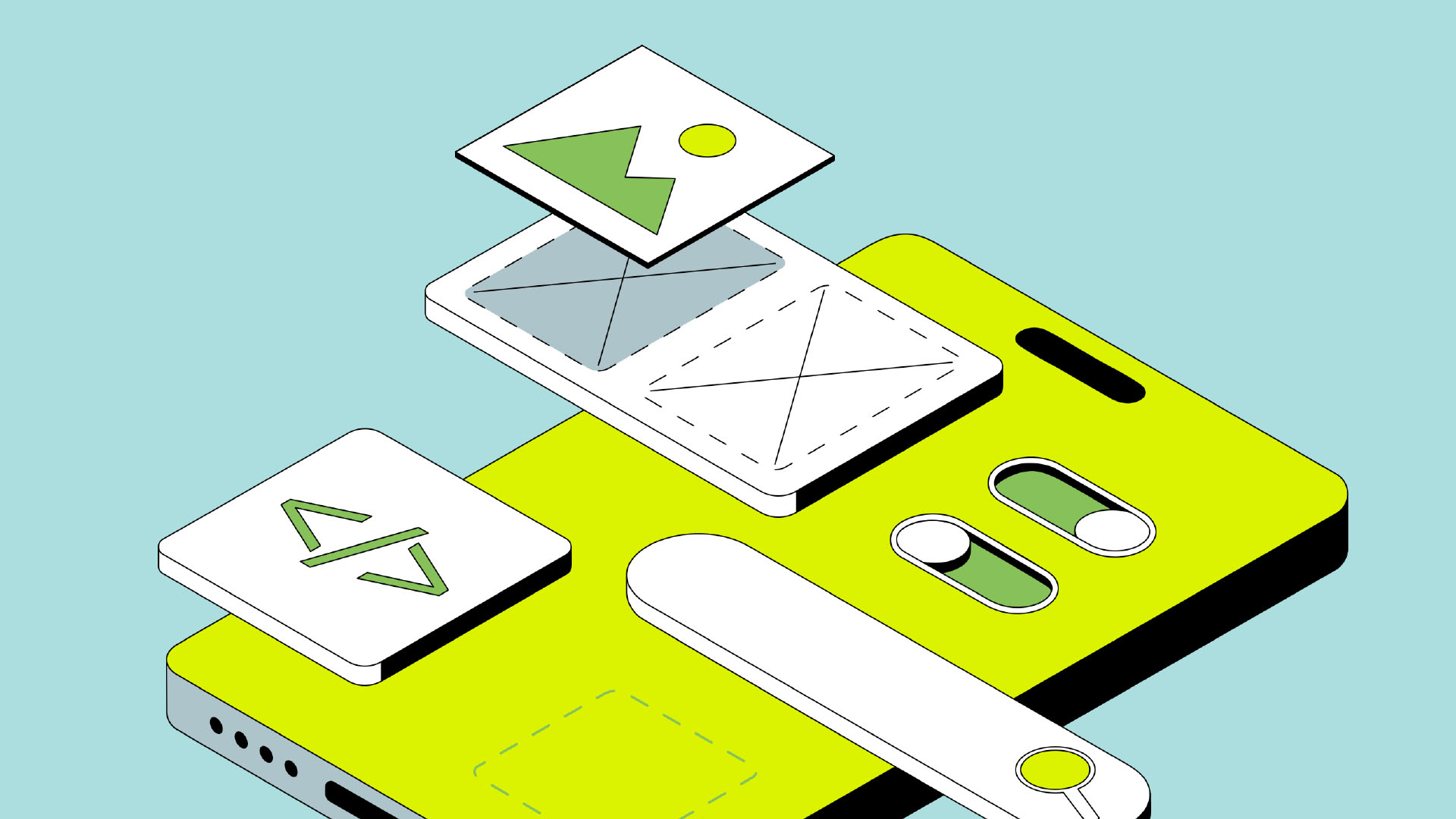Published by
How often do you download a new app for your phone? If you’re like most people, it’s only a few times per year. When you do, your standards will be pretty high, and if you don’t enjoy using the app right away, you’re mostly likely going to ignore it until you really need it, or immediately delete it. Remember, the last best experience is now your baseline going forward. So how do you build an application for your users that they will want to keep, and use regularly?
Here are 5 simple ways.
#1 Build the Basics Right
The basic capabilities provided by the mobile platforms (iOS/Android/Flutter/Web) have all dramatically increased over the past 15 years, and yet many of the features are still not implemented on every application. Three specific ones that are still missed regularly:
Native Device Login – Also known as Social Login, users most often want to use an existing account to login, instead of creating yet another login/password combination they have to remember. Allow users to sign in with Apple, Google, or Meta, and you’ll see users signing up at significantly higher rates.
Rich Notifications – Users don’t spend most of their time in your app, and a simple notification probably won’t entice them to open it. Provide more text, a picture, and even actions if possible, so they can see the value you’re providing. This positive touchpoint reinforces the relationship, and as a bonus means that they can take action from their smartwatch if implemented correctly.
Touch Targets – With the best of intentions, we’ll design an app with too much on the screen at once. If most of those elements are interactive, you can feel forced to reduce the size of the area the user has to touch. Don’t do it! This leads to frustration, and if common throughout your app, will lead to searching for alternatives.
#2 Measure Your Goals
Every mobile experience has a goal. Perhaps it is to sell products or services. Maybe it is a communication path to your company. Maybe it shares information between users. Oftentimes, we measure everything we can so that we can analyze it all later. But the most efficient action is to focus on measuring the activities that lead to success for your business. Don’t get bogged down in a lake of data, focus on the streams that lead to success, and measure those with intensity.
#3 Own Your Space
With so many services out there, you could integrate almost anything into your application, and claim it helps your users. A classic example of this is integrating weather reports into eCommerce applications, because people might want to know what the weather is like at the location they are going to. But people already have habits around checking weather, so it’s unlikely to provide any additional value if you offer this information. Focus on being the best in your own market, not on incorporating every tangential offering that you can. When in doubt, ask your customers how they view your brand, it is likely significantly different than how the employees view it. Once you know how they see you, own it and give them what they want.
#4 Meet the User where they are
User attention is being constantly vied for by everyone. An ideal situation would be to connect with them as soon as they think about your brand, but until we have neural interfaces, we’ll have to rely on the devices around us. Brands that want to connect with users the fastest realize they can’t pick a single device to build an experience for, they need to support as many devices as possible, so users don’t have to change devices to connect. That means it’s not web or mobile or voice or watch, it’s web and mobile and voice and watch! The easier you are to access, the easier it is for customers to use your services. This is why customers use Door Dash and Uber Eats to purchase food, instead of going to a brand-specific app: it’s a consistent experience that is faster than downloading, signing up, and ordering through a new app.
#5 Serve the Power User
It’s well known that not every customer has the same lifetime value. A collection of smaller customers can add up to a lot of revenue, but your “whales” will provide more money individually, so which do you focus on? I recommend serving the power user as much as possible. The people who use your app every week, regardless of whether it leads to a purchase. These are the ones that expect your app to be fast, reliable, and customized to provide the information they need. If you are meeting their needs, you’ll easily satisfy the more casual customers, and slowly convert them to more faithful users.
There’s a mantra that I have about apps that I like to use. People use apps that get out of the way! All five of these tips help your app accomplish its goals without getting in the way of the user, which often leads to more success. Users want to use your services, buy your products, and receive value from you, but the app is simply a means to that end, so by getting out of the way, the value can shine through.




